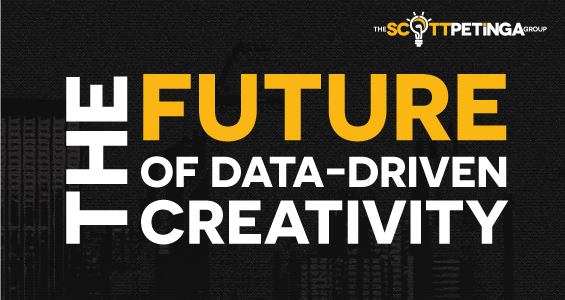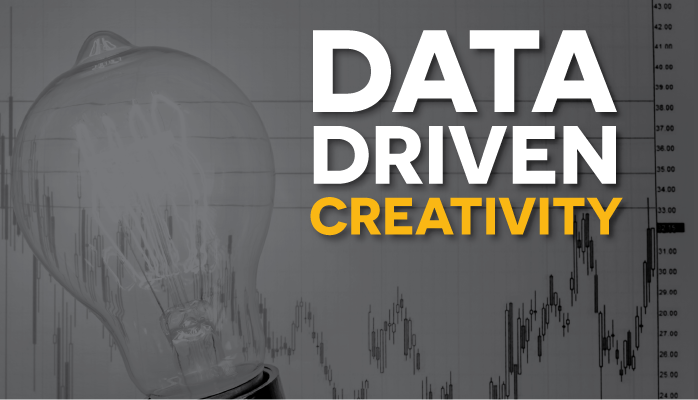Something special is trending in the marketing world. Once two separate departments, major corporations are now merging marketing and analytics together with such effectiveness that every executive is kicking themselves, wondering, “Why didn’t we do this in the first place?”
In many ways this partnership is nothing new. Marketing has always been targeting specific demographics and crafting campaigns for those demographics. The difference now is tools exist to make that targeting much more precise.
Every consumer behavior – whether it’s a click on a link, an online purchase or viewing a DVR’d episode of a television show – can be tracked and analyzed. Not only is the behavior analyzed, but so is information about the consumer engaging in that behavior. That is a winning combination if there ever was one. And not only can extremely specific content be created for precise market niches, but that content can be placed exactly where that niche is most likely to be receptive to it.
But there’s a twist
Consumers are taking more control over their viewing experiences than ever before because there are more choices than ever before. A person is just as likely to view their favorite programming on a laptop, tablet or smartphone, as they are on a television screen, and in fact, Web content consumption has nearly surpassed that of traditional television viewing. SEO already takes advantage of this, but the savvy marketer will take it a step further because the future of data-driver creativity is an ever-increasing user-driven experience.
What does that mean?
Because consumers can choose how and where they want to view content, content will continue to be produced specifically with both the target market and platform in mind. Just as Web designers now have to produce websites that look great, not only on laptops but on tablets and smartphones as well, marketers will need to create content that’s effective across platforms that will engage consumers and encourage interaction with the content and the brand.
Analytics already helps Web designers rate the effectiveness of different landing pages through A/B testing. These days, that content can be created using available data beforehand, not after the fact.
The merging of art and science has been happening all along. Now marketers are finally in a position to begin using this union with pragmatic and usable results.
Originally posted on the Smart Business Blog (May 28, 2014)



Leave a Reply